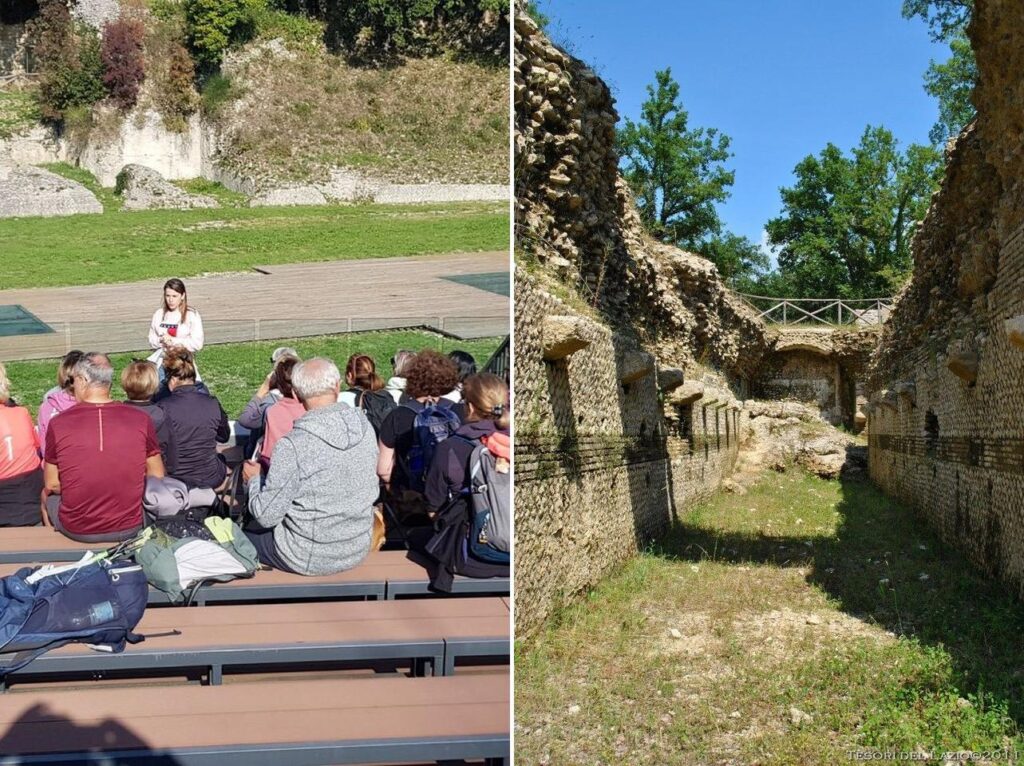Reviving History: Teens Lead Tours at Italy’s Forgotten Roman Amphitheatre

In the quaint village of Monteleone Sabino, just a short drive from Rome, lies a hidden gem of ancient history—the amphitheatre of Trebula Mutuesca. This archaeological site, once a bustling Roman town, has been overshadowed by Italy’s more famous historical landmarks. However, two passionate teenagers, Sara and Tommaso, are on a mission to bring this forgotten piece of history back into the spotlight.
The Hidden Gem of Trebula Mutuesca
Monteleone Sabino, a small village with a population of around 1,000, is home to the ancient town of Trebula Mutuesca. This site, dating back to the 4th century BC, was once a thriving settlement with its own temple, baths, forum, and amphitheatre. Despite its historical significance, the site has been largely neglected, with the amphitheatre now serving as a football pitch for the local team, ASD Real Monteleone Sabino.
The amphitheatre was rediscovered in the 1950s after heavy rainfall revealed its ruins. Archaeologists spent decades uncovering the site, but it wasn’t until the 2000s that the excavation was completed. Despite these efforts, the site remains underappreciated, overshadowed by Italy’s more famous historical attractions.
Teenagers Take Action
Sara, 25, and Tommaso, 17, have taken it upon themselves to change this narrative. As volunteers for an archaeological conservation project, they have developed a deep passion for the site and its history. They now offer free guided tours of the amphitheatre every weekend, hoping to attract more visitors and raise awareness of the site’s significance.
“Archaeological sites are important because they help us understand how people lived, their traditions, and their technologies,” Sara explains. “Without these treasures, we would lose so much of our history.”
Challenges and Hopes for the Future
Despite their enthusiasm, Sara and Tommaso face significant challenges. Public funds for preserving and promoting the site are limited, and local interest is lukewarm. The region’s financial constraints and a phenomenon known as “campanilismo,” or rivalry between parishes, further complicate efforts to raise the site’s profile.
Nevertheless, the teenagers remain hopeful. They believe that with more support and awareness, Trebula Mutuesca can become a valuable cultural tourism destination. “We are the guardians of a millennia-old history,” Tommaso says. “Being heirs of Trebula means carrying on a tradition that continues to inspire and shape us.”
For now, the amphitheatre remains a hidden treasure, waiting to be discovered by those willing to venture off the beaten path. Sara and Tommaso’s dedication ensures that the light of Trebula Mutuesca continues to shine, preserving its legacy for future generations.









